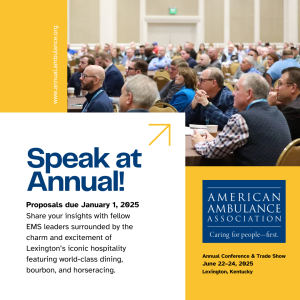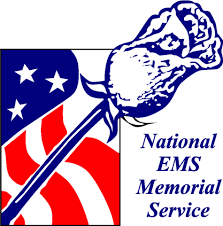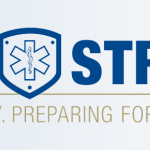Frontline Leadership in Action: Redefining the Role of EMS Leaders in 2025
By Rob Lawrence,
At the 2025 American Ambulance Association Conference, the theme of frontline leadership resonated far beyond the breakout room walls. For the third year running, I joined my Aussie mate and Acadian Ambulance President, Justin Back, to co-lead a session that continues to spark powerful dialogue—not lecture—on what it means to lead from the front in today’s EMS.
As with previous years, it was an open and evolving conversation. Justin and I, as always, invited our colleagues in the audience to shape the session with us. Because, frankly, the best insights often come not from the podium, but from the room. And when it comes to defining effective leadership in our profession, EMS is undergoing a long-overdue cultural shift: from top-down command to servant leadership that starts at street level.
“People Don’t Work For Me—They Work With Me”
One of the key themes we tackled was how EMS leaders must embed themselves in the environments they expect their teams to thrive in. At Acadian, Justin holds his leadership team accountable to the “10-day rule”: no one in leadership should go more than 10 days without being back in the field. That means riding in the truck, answering calls, and walking in the same boots as the crews they support.
This is more than symbolic. It’s about closing the gap between policy and practice, between planning meetings and actual patient care. Justin puts it plainly: “The frontline is the top line. Ours is an upside-down pyramid—and it’s our job as leaders to support and serve from the bottom.” That philosophy doesn’t just build respect—it builds real-time understanding of what’s working, what’s broken, and where change needs to happen.
Replacing Preaching with Listening
What makes this leadership conversation different is that it acknowledges a hard truth: EMS doesn’t have the luxury of theoretical leadership anymore. Workforce shortages, recruitment battles, and retention challenges demand that we act fast—and with humility.
In our session, we didn’t preach solutions. We facilitated the sharing of them. Attendees contributed more than we did, offering cross-agency insights on how they’re addressing fatigue, field safety, and the evolving expectations of the workforce. We all walked away with five or more takeaways we could implement immediately.
For example, Justin shared Acadian’s surprising findings from a fatigue study: most preventable incidents were not happening during long night shifts, but during early daytime hours, among well-rested providers. That shifted their focus from assumptions about burnout to a broader concept of “shift readiness”—a term that now anchors their safety culture.
Accountability and Just Culture Can Coexist
Another hallmark of modern EMS leadership is knowing how to hold teams accountable without defaulting to blame. At Acadian, every preventable vehicle incident is reviewed by a centralized safety committee. Team members attend with their local supervisors, and the review process is rooted in a just culture model—one that aims to learn, not punish.
But this doesn’t mean going soft. As Justin said, “The pandemic forced us to bend without breaking, but now we must return to high standards. And we’re unapologetically doing that.” That blend of accountability and fairness is helping Acadian retain high performers and set a consistent tone of professionalism.
Leading the Next Generation
In 2025, leadership must also mean preparing for the workforce of the future. We discussed what today’s EMS recruit looks like—and how to welcome them into the profession even if their journey with us is short-term. “It’s not a stepping stone—it’s a building block,” Justin said. “If we can be part of someone’s broader journey and they leave as advocates for EMS, we all win.”
Leadership today means recruiting not just based on certification, but on mindset. Justin emphasized that Acadian looks for leaders with more will than skill—because skill can be taught, but heart and courage can’t. It also means being intentional about diversity, especially in areas like bilingual hiring, where language skills are becoming as vital as clinical ones.
From the Room to the Road
What struck me most about our session—and indeed the AAA conference as a whole—was the shared sense that the real solutions live not in leadership offices, but in the shared experiences of the EMS community. When we listen, when we ride, when we engage—true leadership takes shape.
Frontline leadership in 2025 isn’t about commanding from a distance. It’s about showing up, staying connected, and doing the hard, human work of leading with empathy, accountability, and consistency. As we say every year when we wrap this session: we’re not done yet. There’s more to learn, more to improve, and more to share.
Triple-A, we’re ready for round four.

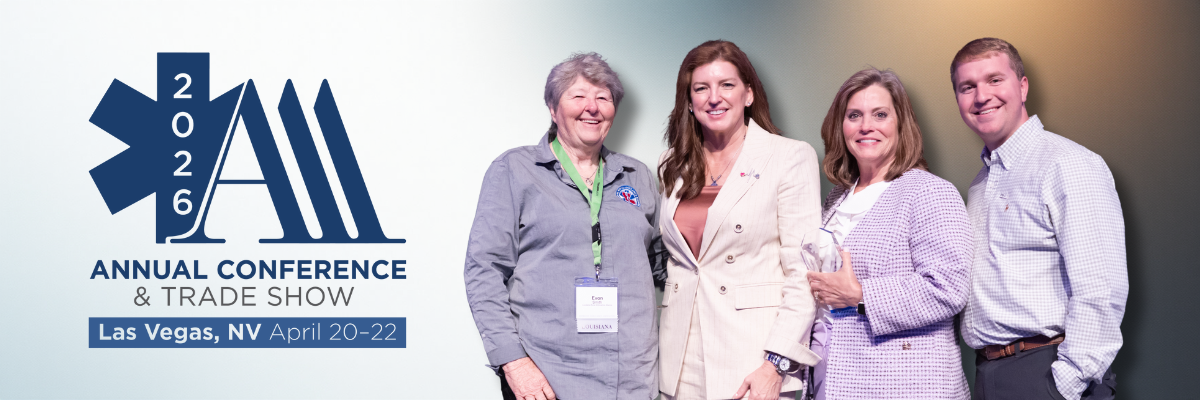












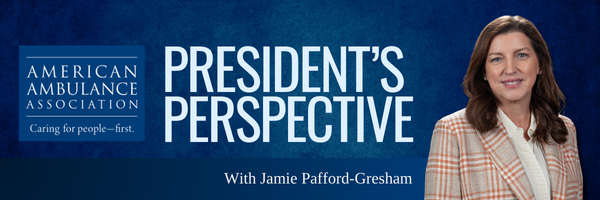





 Share your insights with fellow EMS leaders surrounded by the charm and excitement of Lexington’s iconic hospitality featuring world-class dining, bourbon, and horseracing. Speaker proposal deadline extended to January 31!
Share your insights with fellow EMS leaders surrounded by the charm and excitement of Lexington’s iconic hospitality featuring world-class dining, bourbon, and horseracing. Speaker proposal deadline extended to January 31!

